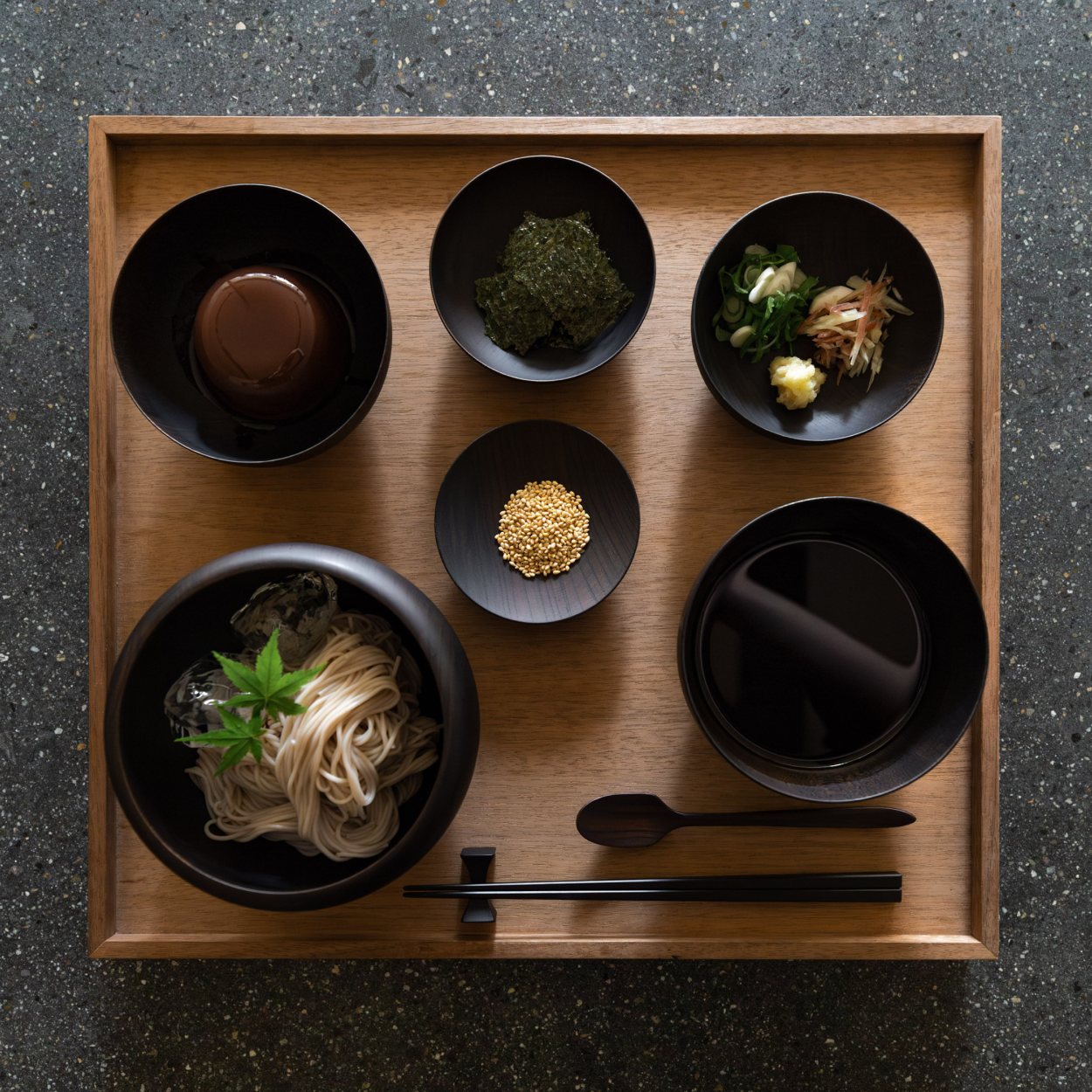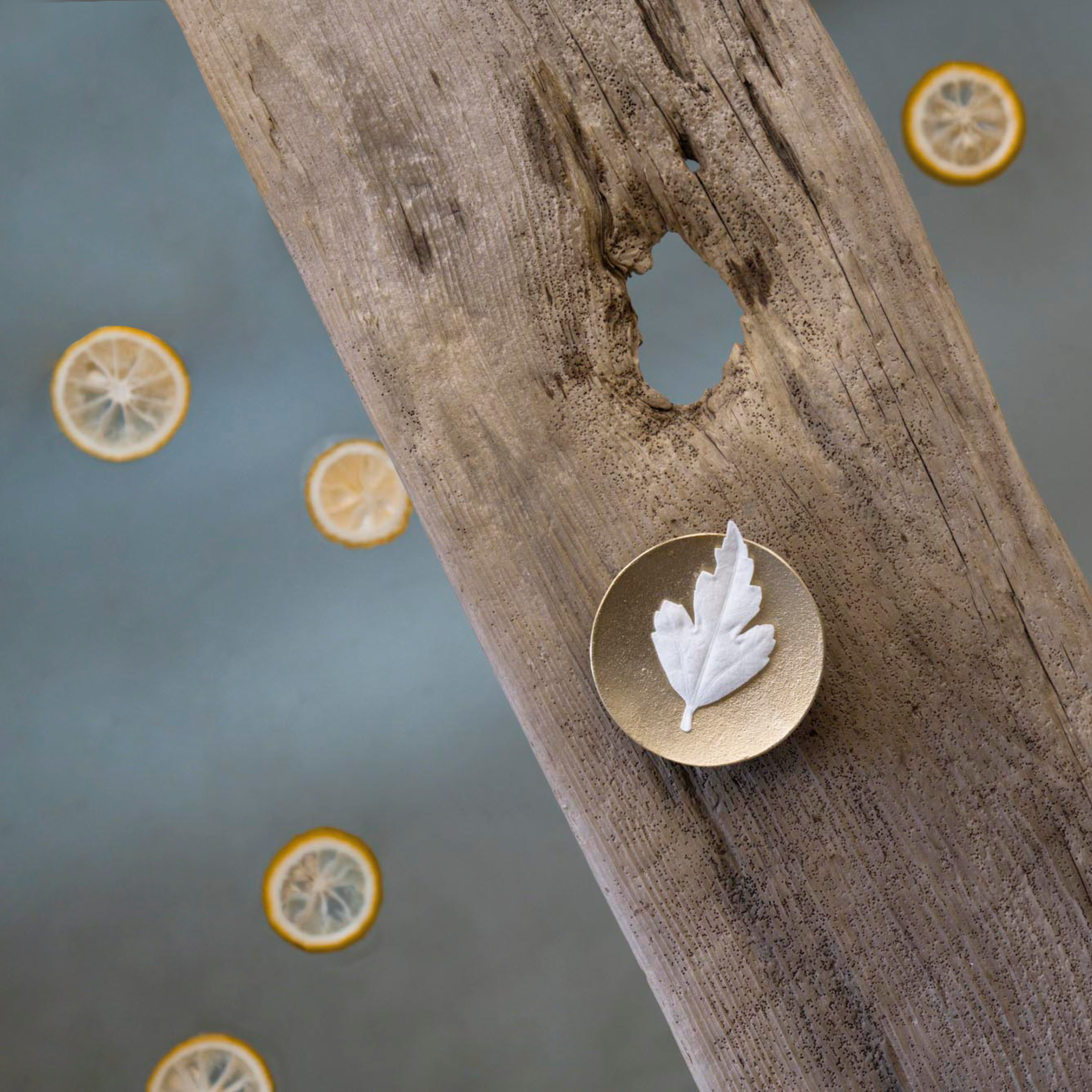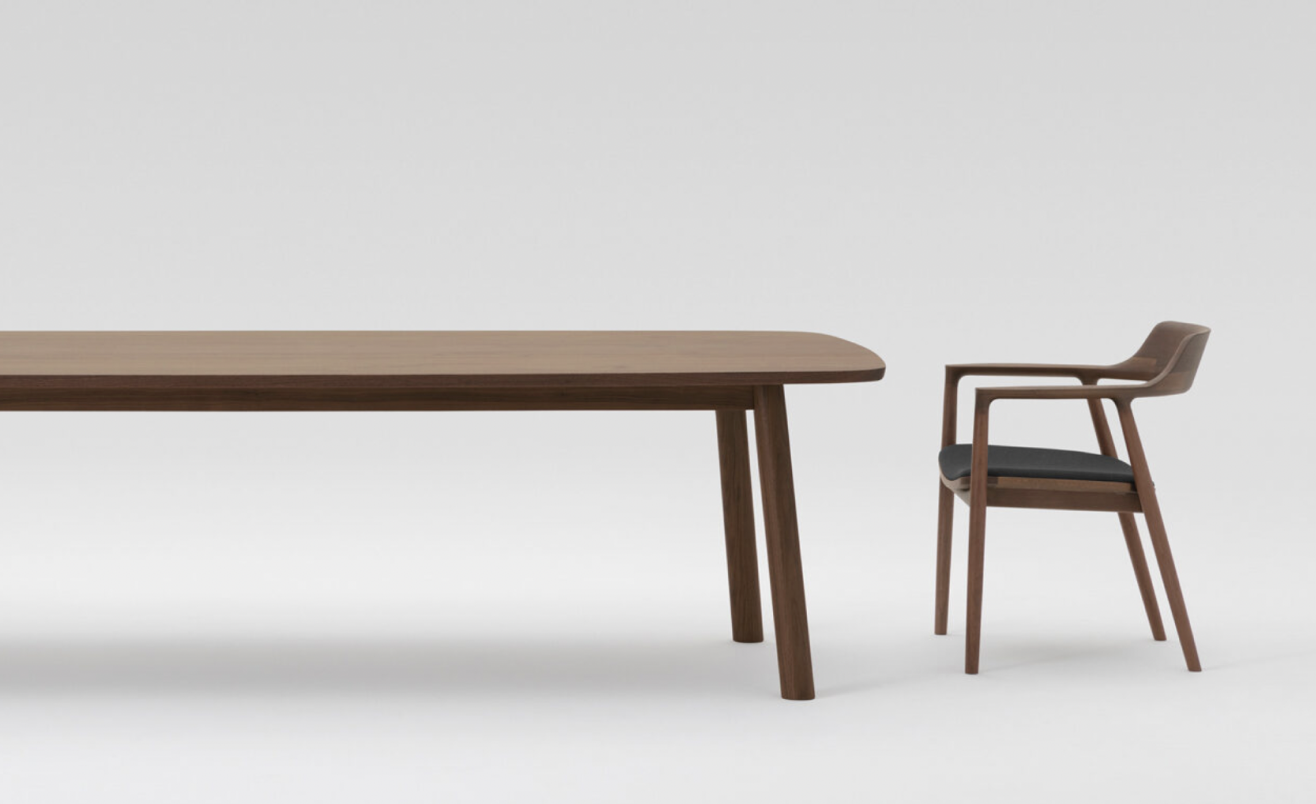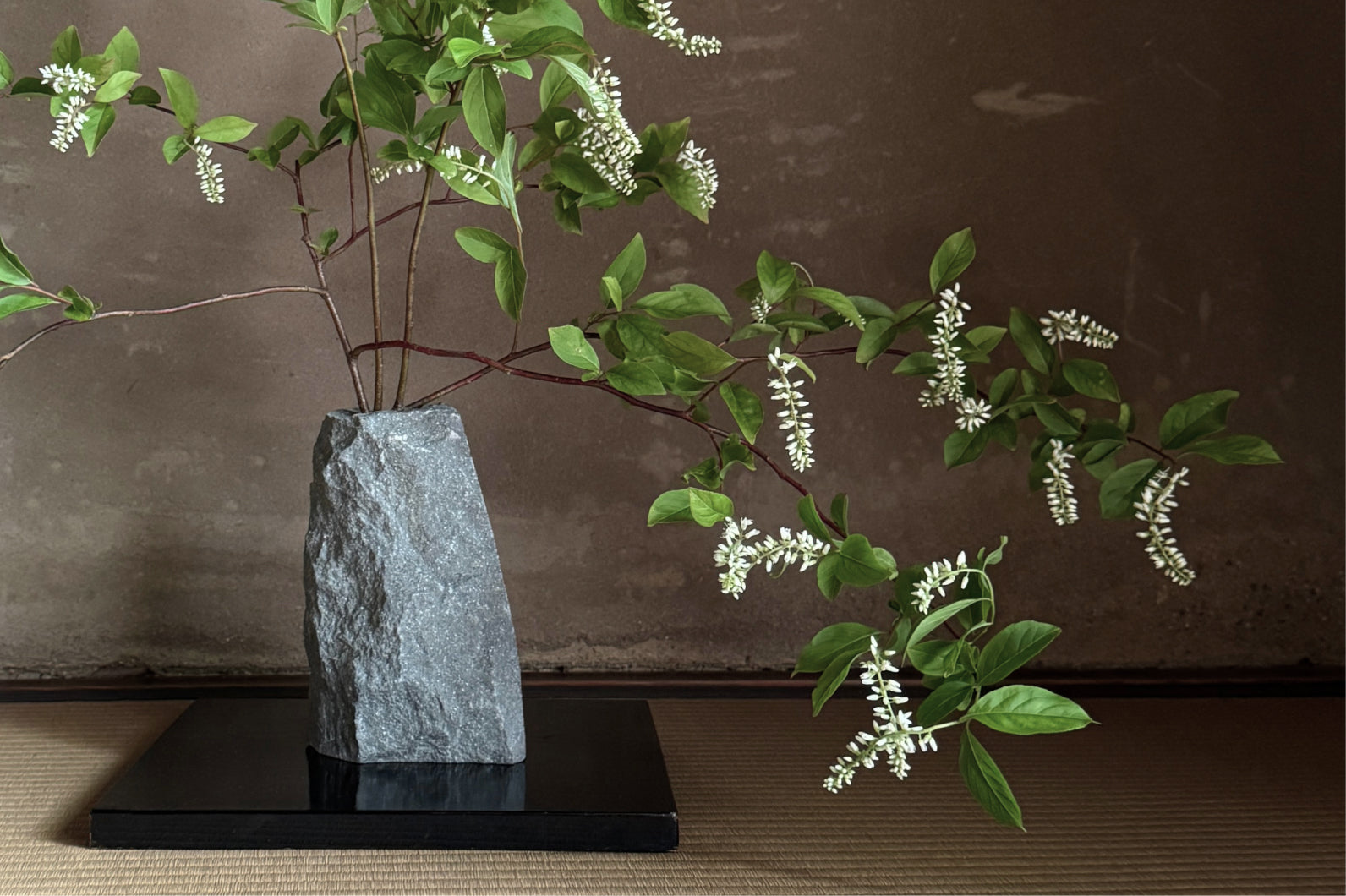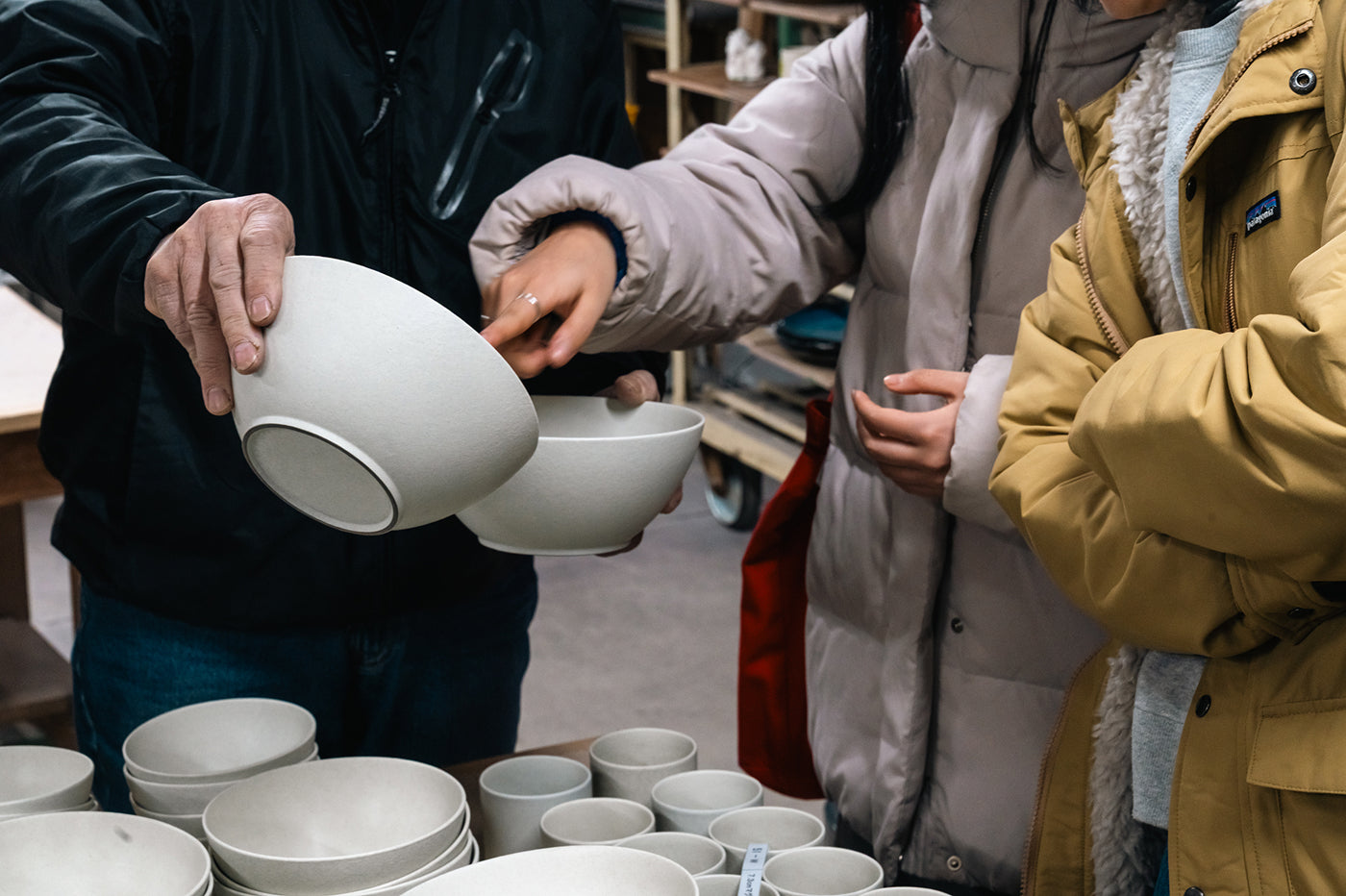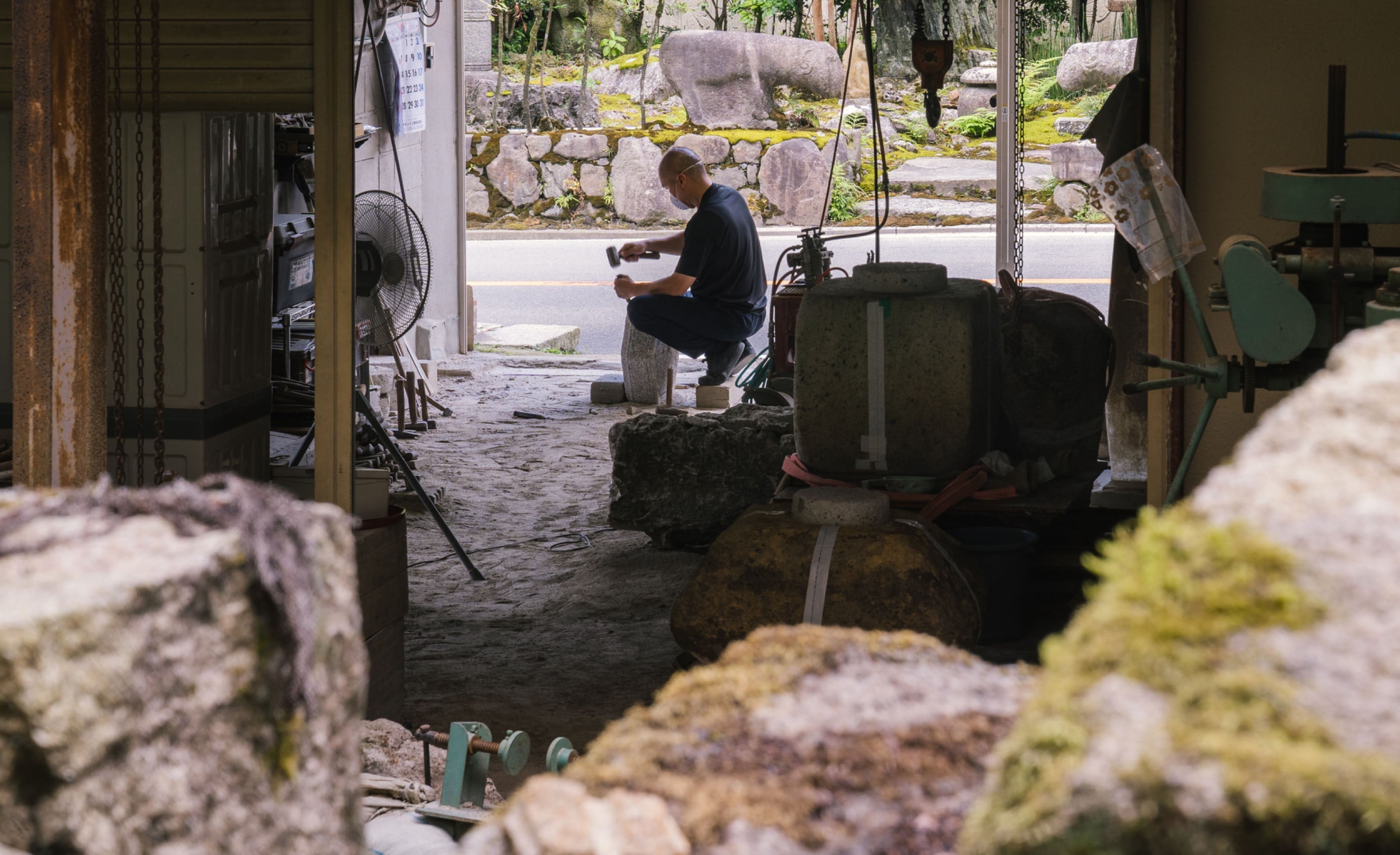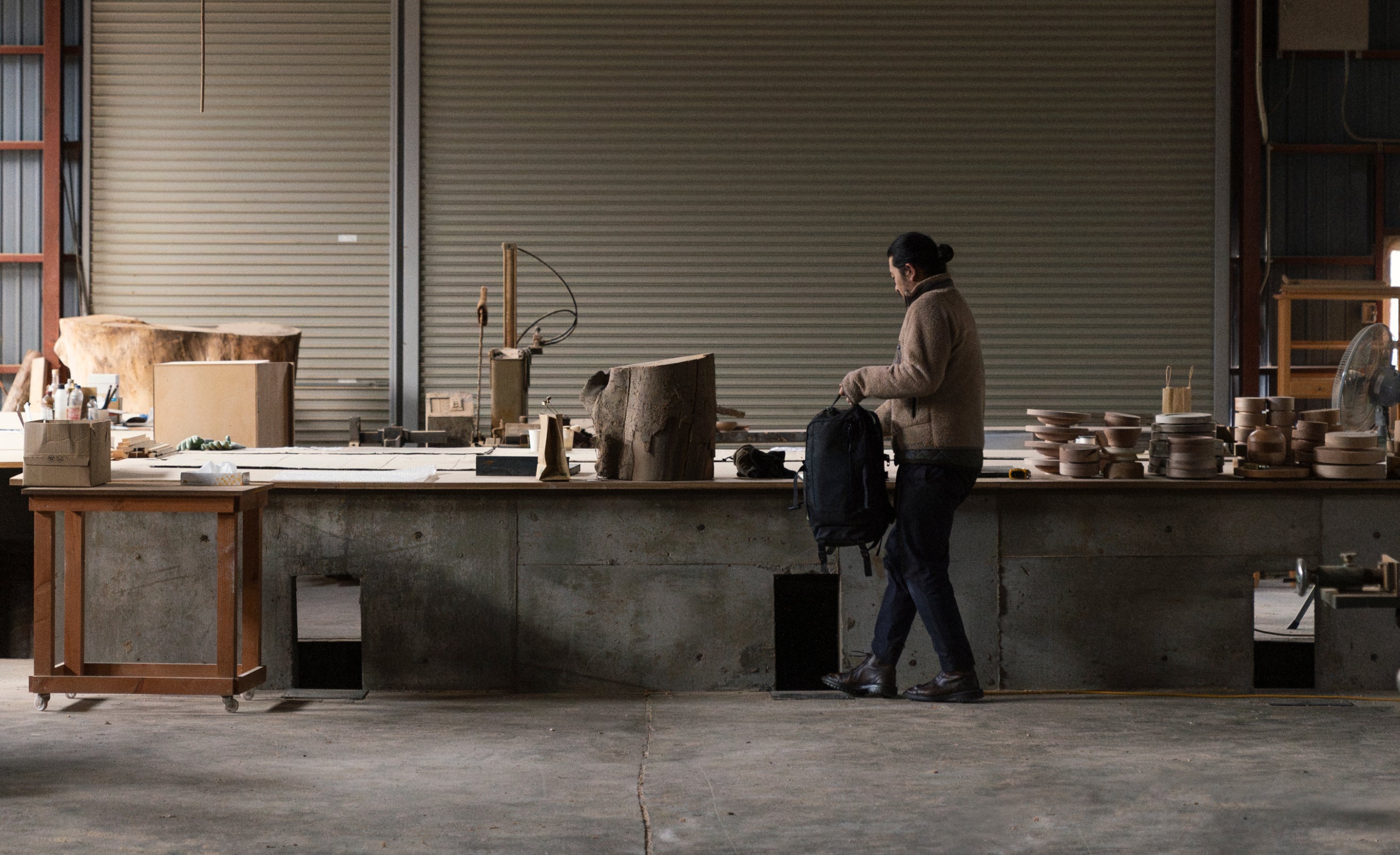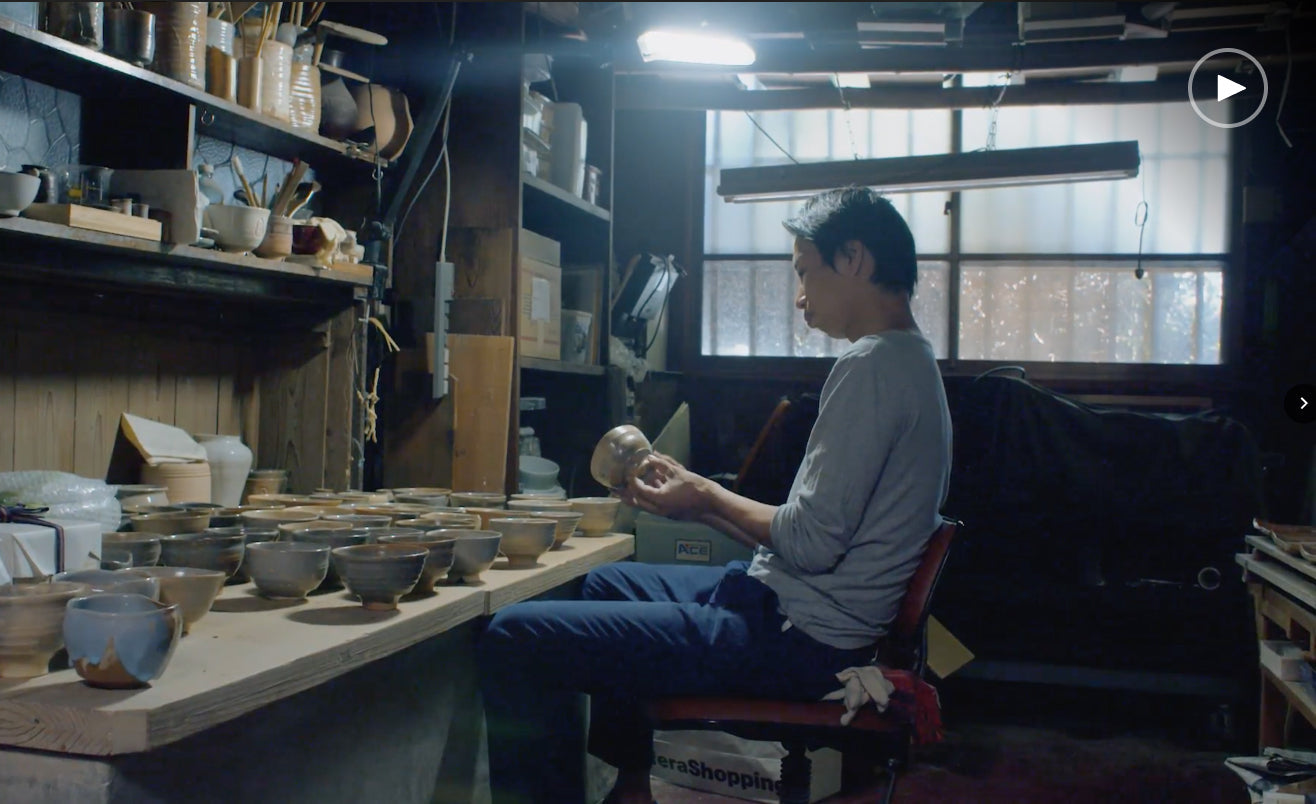Published July 30th 2019 on the former blog. Written by Kelly Chan.
What is the “Japanese aesthetic”? That, in essence, was the question posed by designer Naoto Fukasawa and the furniture manufacturer Maruni Wood Factory in 2008, when Fukasawa partnered with the nearly one-century-old furniture company to help rediscover its essence. Since then, the wish to design chairs, tables, and other staples of domestic life that express an essentially Japanese spirit has bloomed into a range of forms, many that bear the subtle traces of Fukasawa’s eye and others conceived by Japanese and non-Japanese designers alike, all collectively reaching for that elusive, multifaceted Japanese identity.


Many products in Maruni’s collection may look familiar, such as Fukasawa’s soft-edged, unvarnished “Hiroshima” chairs, which draw upon the designer’s love for everyday, plain-wood Scandinavian furniture. Gentle curves repel the eye from the joints of the chair, preserving the unity of the object as if it were a single calligraphic stroke. As with other chairs and tables in the Hiroshima product line, bold bands and surfaces of unvarnished wood grain highlight the natural striations and unique malleability of wood. Here, a deep reverence for the material comes through, reflecting the long tradition of woodworking that Maruni Wood Factory has helped keep alive.

A quick glance at Maruni’s current collection will reveal that the “Japanese aesthetic” is layered in complex ways. Many of Fukasawa’s designs invoke the minimalist forms associated with mid-century European modernism — a movement that found no shortage of inspiration from traditional Japanese artisanal culture. Fukasawa’s “Traditional” sofas and tables, meanwhile, pay homage to the upholstered and intricately carved living room show pieces that fascinated the Japanese during their early encounters with the West. Commissions from international designers add even more dimension to the Maruni collection: compositions of wood and colored steel by English designer Jasper Morrison can be mixed and matched with Fukasawa’s bentwood and steel chairs or even the playful, painted wood “ear” chairs designed by SANAA.

It is this ever-evolving, cosmopolitan spirit that keeps Maruni feeling fresh despite its emphasis on timeless tradition. Founded in 1928 as the project of mechanical engineer Takeo Yamanaka, Maruni began as a small woodworking technology research group, driven by Yamanaka’s will to expand appreciation for traditional Japanese wood furniture by leveraging the technology of mass production. Over the decades, its identity has evolved, responding to major historic shifts, from accelerated industrialization, to a World War and the late-century boom and bust of the Japanese economy. Having witnessed and engaged with nearly a century of rapid changes, Maruni stands as a testament to the ways in which tradition and invention go hand in hand.
